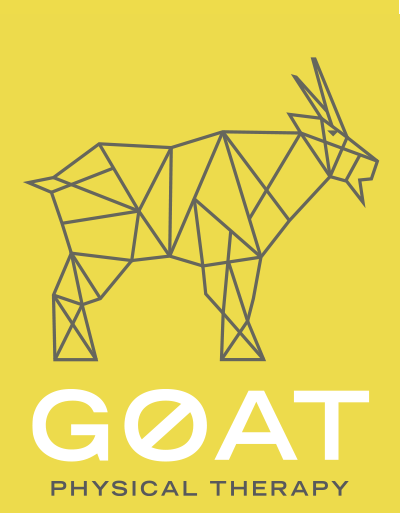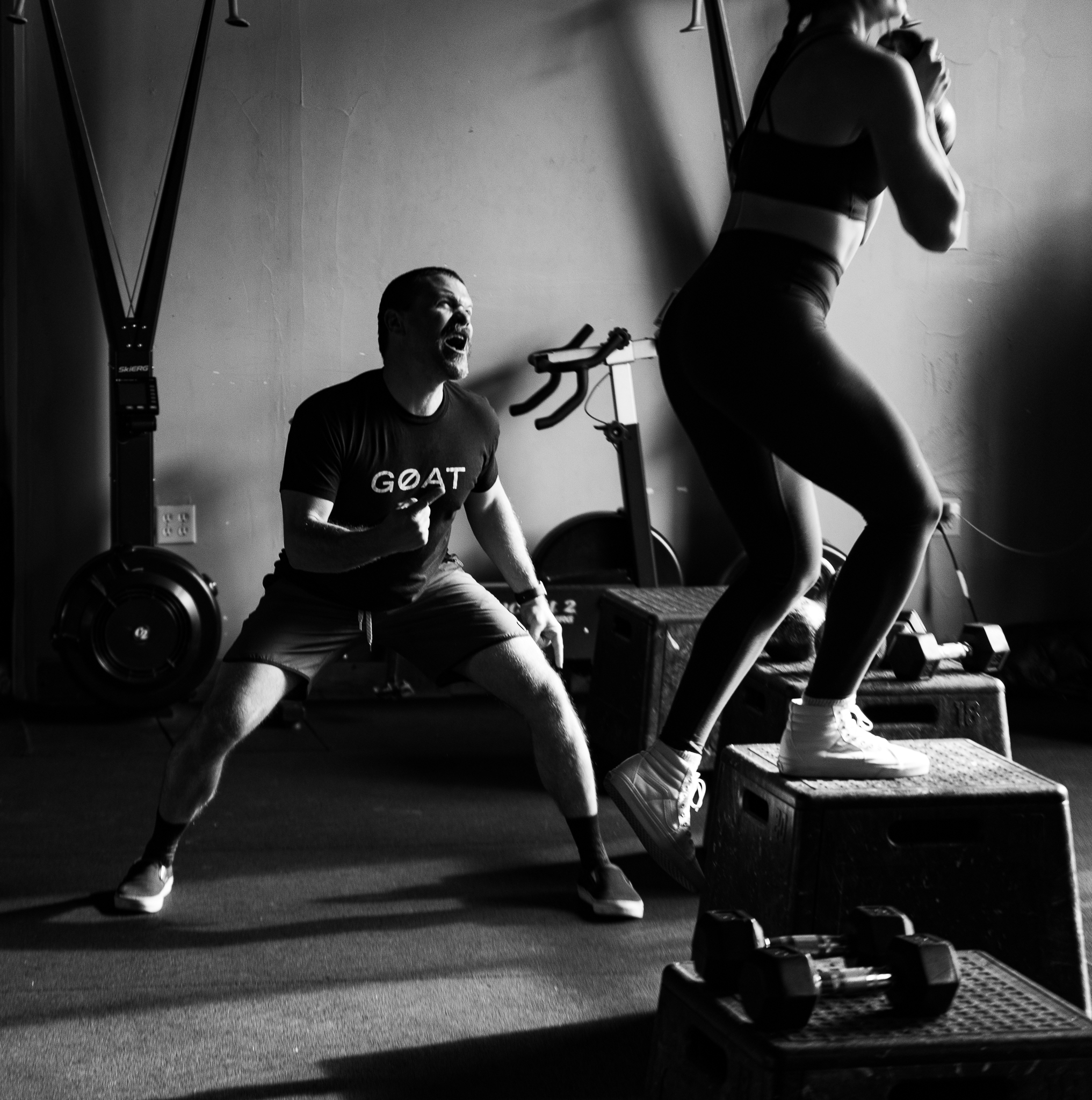May 1, 2022 | Category: The Process
“A handful of problems arise when spend too much time thinking about your goals and not enough time designing your systems”. – James Clear
“We all have experienced ‘non-specific’ injuries and there is nothing specific to fix them.” – JM Seelig
We all hate uncertainty. We want answers. We are uncomfortable with not knowing. This is no different when we wake up one morning with “phantom” shoulder pain. We have no idea what happened, but you can’t move your shoulder. Or you have back pain when there was nothing “specific” that caused it. We didn’t run into a tree. We didn’t crash on our bike, but for some reason you are not normal. This is disheartening and frustrating and we want to know what happened. Sadly, there might be too many factors playing a role in the pain experience to pin point one specific thing. This is a “non-specific” injury. It could be lack of sleep, stress, poor nutrition, over use, or some other medical issue. Trying to figure out how this happened might be a useless task. Sometimes we just don’t know and we have to be ok with that. Figuring out what to do next might be more fruitful of a task.
In the past, I would give a myriad of possibilities and try to ease the clients frustration with an answer to what happened, even if I wasn’t sure. That was my ego getting in the way. I wanted to sound smart and give any answer. I was fearful that if I said I didn’t know then clients would think I wasn’t smart or that I wasn’t trained well enough. If there is someone that tells you they have all the answers or that they can “fix you” I would run the other direction. We can try to be more careful with volume, stress, sleep and all of those other factors, but sometimes things just happen. An injury might have happened when you were 12 yrs old and now it has reared it’s ugly head cause you have lost muscle mass. We don’t know…
So, what do we do now? Knowing how we got ourselves in this position doesn’t change the steps moving forward. Knowing exactly what is wrong or what specific soft tissue is irritated will not change the exercises we might attempt. There is no silver bullet for getting back to normal. There’s no specific PT movement that works for everyone. The research points to the fact that time and movement you will get better. What movement? I don’t know.
If you have hip pain, you might need to squat, do “clam shells” or just walk? If you have shoulder pain, you might need to press overhead, or do banded internal and external rotations? If you have knee pain you might want to squat, but maybe wall sits would be better? We might have to experiment? Just because you are “experimenting” doesn’t mean that you are completely guessing. We are taking what we do know and what has worked for others in the past and trying them out. Just like the approach to medicine, these can be diagnostic. It takes patience and consistency. I hear many people say, “I went to the PT for a week and it wasn’t getting better.” This injury could have been building and accumulating for 20-30 yrs, so going to PT for 1 week will not do it.
You have a goal and hope of returning to health, but maybe it’s your system that is not setup for success. Making sure your expectations are centered in reality are crucial. Why am I bringing this up? Pain is a part of the human experience and knowing how to meet it head on is vital to the process of being a human. Pain is good. It keeps us safe. It keeps us from more harm, but sometimes we are surprised by it and don’t know how to handle it when it does show up. How you respond to pain has a direct correlation to your recovery.

